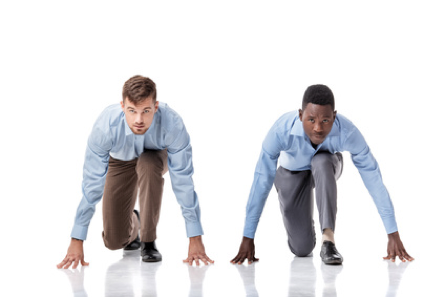 At some point, from about middle school onward, many of us have longed to be “popular.” But what does that really entail? There are two kinds of popularity, says Mitch Prinstein, a professor and director of clinical psychology at the UNC Chapel Hill, in his forthcoming book, Popular: The Power of Likability in a Status-Obsessed World. Prinstein sorts the popular into two types: “likables” and “status seekers” (http://nyti.ms/2o0cp84). The likables nurture friendships, and cultivate interpersonal skills from the playground years through business and romance. The “status seekers” pursue power, sometimes through notorious behavior, from adolescence onward. These “cool kids” don't fare so well. In one study, Prinstein examined the two types of popularity in 235 adolescents, scoring the least liked, the most liked, and the highest in status based on student surveys. “We found that the least well-liked teens had become more aggressive over time toward their classmates. But so had those who were high in status. It was a nice demonstration that while likability can lead to healthy adjustment, high status may have the opposite effect on us.” Prinstein also found that qualities that made kids desirable play dates — sharing, kindness, openness — endure in later years and make those likables better able to relate to and connect with others. Not only does likability correlate with positive life outcomes, it is also responsible for them (Tweet it!). “Being liked creates opportunities for learning and for new kinds of life experiences that help somebody gain an advantage.” Do you remember the high status “cool kids” from your youth? Do you know where they are now? What about the likeable ones? To join the conversation, click "comments" above. If you would like to read more about creating a habit around communication mastery, check out our book: Be Quiet, Be Heard: The Paradox of Persuasion
0 Comments
Your comment will be posted after it is approved.
Leave a Reply. |
Archives
July 2024
Categories
All
|
|
Glaser & Associates, Inc.
Executive Offices 1740 Craigmont Avenue, Eugene, OR 97405 541-343-7575 | 800-980-0321 [email protected] |
© 2019 Glaser & Associates. All Rights Reserved.


 RSS Feed
RSS Feed